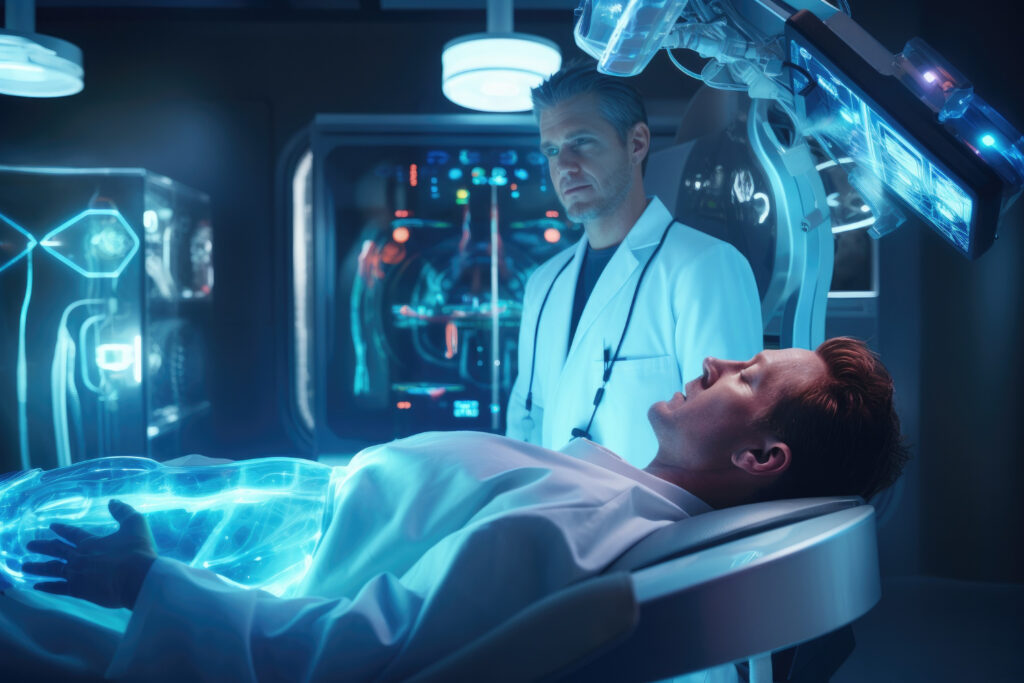In modern healthcare settings, the use of projector services has become increasingly valuable for medical education, patient consultations, and collaborative diagnostics. Projectors allow healthcare professionals to present detailed medical information, such as X-rays, MRIs, and patient charts, on a large scale for better visualization. This enhances the ability to explain complex conditions to patients and their families, facilitating better understanding and decision-making. Additionally, projectors are integral in medical training environments, where they are used to display live surgeries, procedural demonstrations, and interactive learning sessions for students and professionals. This technology promotes a more engaging and efficient way to share critical medical knowledge and improve overall patient care.
Expanding on the role of projector services in healthcare, this technology is also critical in multidisciplinary team meetings, where specialists from various fields review patient cases collaboratively. Projectors enable the clear display of imaging results, lab reports, and treatment plans, allowing all team members to visualize the same data simultaneously, which can improve diagnostic accuracy and streamline the decision-making process. Furthermore, in telemedicine and remote consultations, projectors are used to share visual information between different locations, bridging gaps in distance and ensuring that healthcare providers can offer comprehensive care even in underserved areas.
In medical conferences and workshops, projector services are indispensable for sharing research findings, delivering lectures, and conducting workshops. High-definition projectors can display detailed anatomical diagrams, surgical videos, and 3D models, enhancing the learning experience for participants. The ability to project content with precision and clarity supports not only professional development but also fosters innovation as medical professionals exchange ideas and insights more effectively. Overall, the integration of projector services into healthcare settings enhances communication, education, and patient care on multiple levels.

